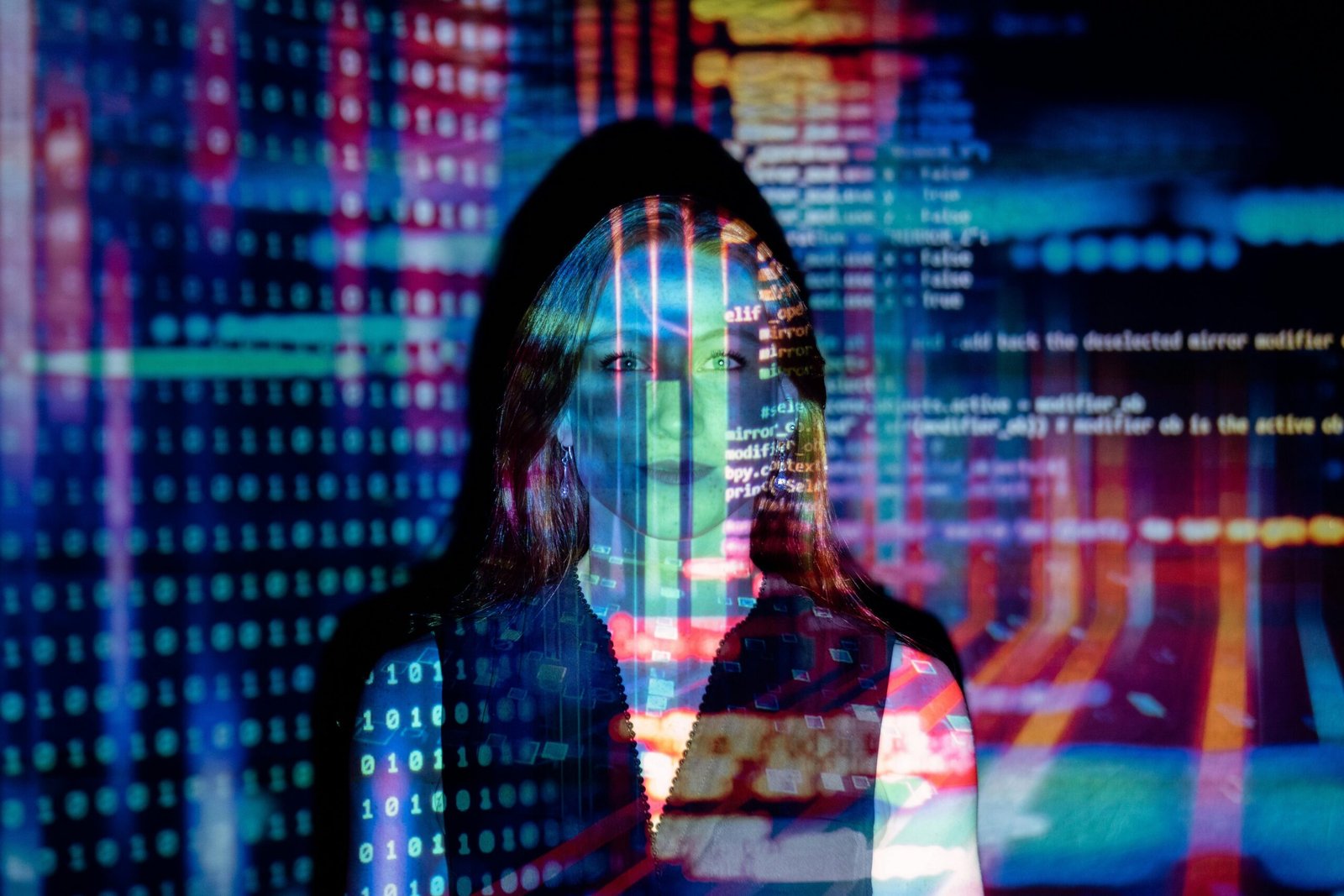A few years ago, if someone told you that your favorite Instagram model wasn’t real, you’d probably laugh it off. AI influencers are computer-generated characters with personalities, followers, and even brand deals. They don’t eat, don’t age, and don’t mess up a photoshoot because of bad weather. Yet somehow, they feel almost as real as the people we follow online.
What Exactly Are AI Influencers?
In the simplest terms, an AI influencer is a digital persona created with artificial intelligence and 3D design. Think of them as virtual celebrities. They post on social media, interact with fans, and wear the latest fashion trends—all while never leaving a hard drive.
Some look lifelike enough to make you second-guess your eyesight, while others lean into an animated, cartoonish style.
From Clippy to Lil Miquela
If you remember Microsoft’s Clippy—the little paperclip that popped up in Word to offer help—you’ve technically already met an early version of a “virtual character.” Of course, Clippy never tried to sell you sneakers.
The modern era of AI influencers really kicked off with Lil Miquela, who debuted on Instagram in 2016. She looked like a real teenager, posted selfies, and even sparked debates about her identity. Some people thought she was an elaborate Photoshop hoax. Today, she has millions of followers and has worked with luxury fashion brands. And she’s not alone—figures like Shudu, Imma, and Noonoouri have joined the scene.
How Do They Actually Work?
At the core, AI influencers rely on a mix of computer graphics (to design their look), AI algorithms (to shape their “personality”), and a whole lot of human creativity.
Developers model their faces and bodies in 3D software, then animate them in photorealistic ways. Machine learning helps predict what content will engage audiences, while natural language tools generate captions or replies. It’s not magic—it’s marketing plus technology dressed up as a person.
The Different “Species” of AI Influencers
Not all AI influencers are created equal. Some act like lifestyle bloggers—posting about food, fashion, and vacations they never actually took. Others are designed as brand mascots, existing solely to promote products. A few even position themselves as activists, speaking about climate change or social justice, though whether that feels authentic is another debate.
And then there are the purely fictional characters—almost like video game avatars who happen to run Instagram accounts.
Why Brands Love Them (and Why It’s Complicated)
Let’s be honest: AI influencers are a dream for marketers. They never show up late, never get caught in scandals (unless scripted), and can be styled perfectly every time. Brands have full control—every smile, every outfit, every word in the caption.
But there are catches. Some audiences feel uncomfortable knowing they’re interacting with something fake. The charm of influencers has always been about “authentic connection,” and AI personalities blur that line. Can a computer program really recommend a skincare product it never used?
Ethical Questions That Won’t Go Away
Here’s where things get tricky. Should AI influencers have to clearly state that they’re not human? Is it fair for them to take jobs from real models and content creators? And what about the emotional side—if followers build relationships with these digital beings, is that manipulation?
These are questions regulators haven’t fully addressed yet, but they’re becoming more urgent as virtual influencers spread across platforms.
Real-World Examples
Lil Miquela partnered with Prada and Calvin Klein.
Shudu has been called the world’s first digital supermodel.
Imma, with her pink bob haircut, has become a cultural icon in Japan.
Even KFC experimented with a virtual Colonel Sanders who looked suspiciously like a hipster.
What sounds like a gimmick has already generated millions of dollars in brand deals.
Where This Is Headed
The future of AI influencers will likely be even more surreal. We’ll see hyper-realistic avatars who are almost impossible to distinguish from humans. Some may even talk to us in real time, powered by advanced language models. In the metaverse, they could host concerts, run fashion shows, or give personalized product recommendations.
At the same time, expect pushback. Audiences may demand transparency, and governments might step in with regulations. After all, if we’re already debating whether influencers should disclose paid ads, imagine the debates about whether an influencer should disclose that they’re not human at all.
My Takeaway
AI influencers aren’t going to replace humans. They’re an experiment, a creative extension of marketing, and a strange reflection of how much we treat online personas as “real” anyway. Whether we like it or not, they’re here to stay.
But the irony is hard to miss: we created AI influencers because we wanted perfection—no flaws, no scandals. Yet what makes human influencers relatable are their flaws. So maybe the future isn’t about choosing between humans and AI, but about letting both coexist. One gives us polished fantasy, the other gives us messy reality.
FAQs
Q: Do people actually follow AI influencers?
Yes, millions do. Some out of curiosity, others because they genuinely enjoy the content.
Q: Who controls them?
Usually creative studios or brands that design their looks, personalities, and posts.
Q: Can they really make money?
Absolutely. They sign brand deals just like human influencers.
Q: Are they easy to spot?
Sometimes. But with newer technology, it’s getting harder to tell.
